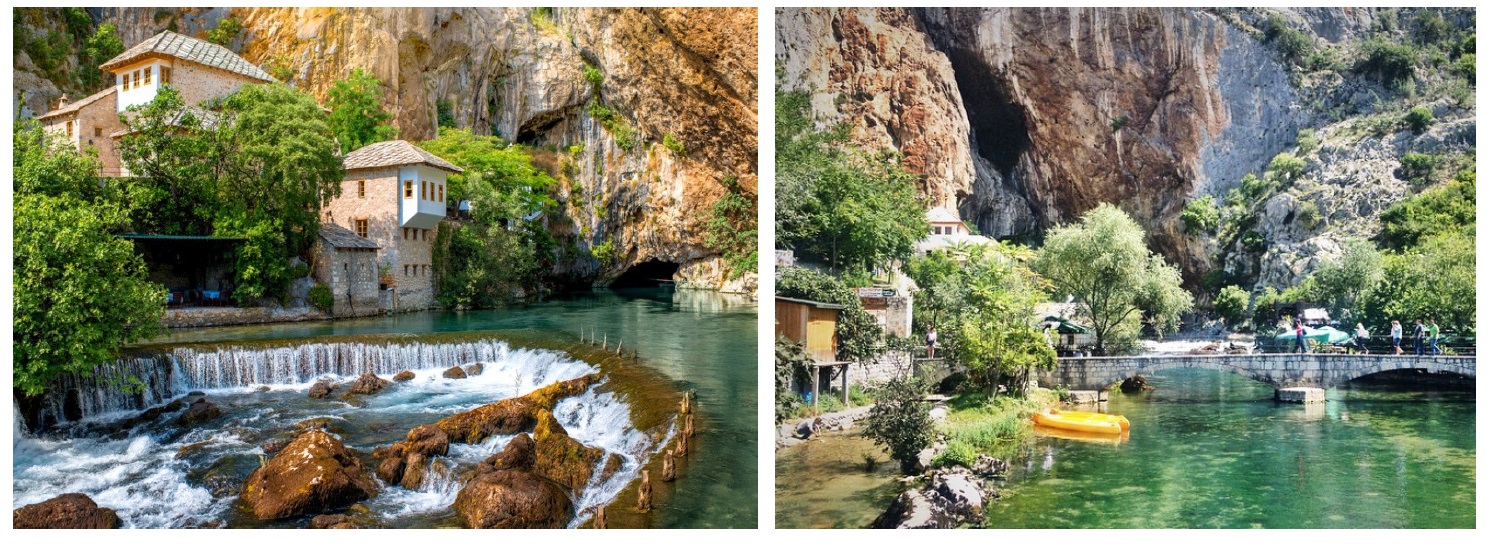
PLACES TO BE VISITED
Places to be visited:
The Sarajevo Tunnel
Also known as “Tunnel of rescue” and “Tunnel of Hope”, was an underground tunnel constructed between March and June 1993 during the Siege of Sarajevo in the midst of the Bosnian War. It was built by the Bosnian Army in order to link the city of Sarajevo, which was entirely cut off by Serbian forces, with Bosnian-held territory on the other side of the Sarajevo Airport, an area controlled by the United Nations. The tunnel linked the Sarajevo neighbourhoods of Dobrinja and Butmir, allowing food, war supplies, and humanitarian aid to come into the city, and allowing people to get out. The tunnel became a major way of bypassing the international arms embargo and providing the city defenders with weaponry.
Downtown Sarajevo
Due to its long and rich history of religious and cultural diversity, Sarajevo was sometimes called the "Jerusalem of Europe" or "Jerusalem of the Balkans". It is the only major European city to have a mosque, Catholic church, Orthodox church and synagogue within the same neighbourhood. Sarajevo is capital city of (the state of) Bosnia and Herzegovina. It is its administrative, economic, cultural, educational (university) and sport center.
Mostar
Mostar is situated on the Neretva River and is the fifth-largest city in the country. Mostar was named after the bridge keepers (mostari) who in the medieval times guarded the Stari Most (Old Bridge) over the Neretva. The Old Bridge, built by the Ottomans in the 16th century, is one of Bosnia and Herzegovina's most recognizable landmarks, and is considered one of the most exemplary pieces of Islamic architecture in the Balkans.
Vrelo Bune
Vrelo Bune is the natural and architectural ensemble at the Buna river spring near Blagaj kasaba (village-town), southeast of Mostar, Bosnia and Herzegovina. Its source (Bosnian: Vrelo Bune) is a strong karstic spring, emerging from a huge karstic cavern beneath a high vertical cliff. This region is specific for the diversity of its above-ground and underground hydrography. The source of the Buna river is the finest example of an underground karst river. It's one of the largest and most beautiful springs in Europe, producing approx. 30 m3/s with extremely cold and clean water.



